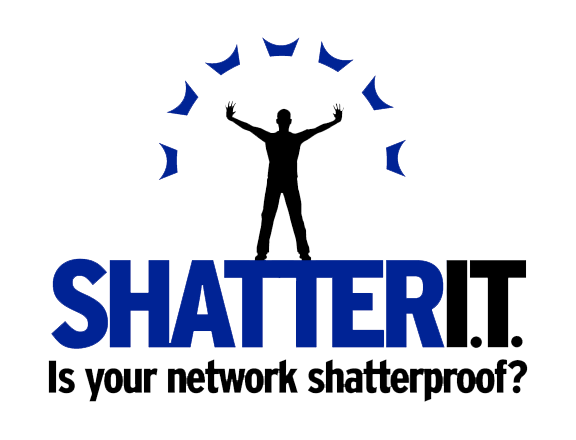The Importance of Documentation
By: Chris Cardone
Documentation is organization. It’s labeling your assets. It’s tracking programming changes. It’s a series of steps you take to avert or correct a problem. But it’s so much more than just these examples. It’s probably the most overlooked part of any information technology company’s activities, but arguably the most important.
Write It Down!
What should you write down? What shouldn’t you write down? Draw up a network diagram. Make a list of all your computer assets, both physical and digital. Write down important contact information, both for clients and for personnel. Draft a standard operating procedure (SOP) for common tasks, and so on…
The Pitfalls of Missing Documentation
Why should you write it down? Consider some of the following IT scenarios:
· Incomplete information – What version of Windows is that server running? Does it have the latest service packs and Windows Updates? You might need to find out the hard way.
· Missing change logs – You’ve taken over as a programmer for a departed employee. Without some documentation or change log, it may be difficult to successfully maintain your company’s proprietary software, and you might end up duplicating work that’s already been done or worse, repeating mistakes that have already been made.
· Missing assets, licenses, or passwords – A customer calls looking for the asset tag for their machine that is co-located at your facility. They forgot to write it down, and it means more work for you!
· How-To-documents or Standard Operating Procedures– A water pipe has leaked and flooded a portion of your office. Do you know who to call or what steps to take in this situation?
· Specifications/schematics – You need to add new cabinets to your datacenter. You’ve never installed cabinets before, and don’t know the company’s procedure for installing cabling or sensors to measure environmental variables. If there was a central document for this process, you wouldn’t have to. But no one in the company ever bothered to write one.
· Manuals – You need to look at the manual for new backup software that you ordered from a small company, and they only provided you a digital copy of their manual. You know the manual is somewhere, but it could be buried in any number of folders or network shares.
· The human element – Your Chief Technical Officer (CTO) takes a week-long vacation, but he usually keeps things to himself, and doesn’t document much of what he does. In his absence, you need passwords to add new users or computers to your network, and only the CTO has them. He also doesn’t like to answer his phone or emails on vacation…
Best Practices
The following are some best practices you can follow to help your organization out. Please keep in mind that while these practices are highly recommended, not every organization is the same, and you should only adapt those that best suit your company.
- Label everything!
- Take an audit of your company’s assets. Audits are time-consuming, but the sooner you complete one and make a list of assets, the more beneficial it will be to your company. Keep the list up-to-date.
- Organize and consolidate your documents. If they don’t yet exist, create them. Encourage your coworkers to help spread out the workload!
- When acquiring new software or licenses, keep copies of the software readily available for installation. Keep track of all licenses.
- Plan ahead for important projects. Document as much information as possible before you begin work on any projects. If something can’t wait, document as you go. If something changes your plan, keep track of it.
- Create a list of emergency contacts in case something unexpected happens. Anticipating disasters before they happen can save you a lot of confusion and time.

No comments:
Post a Comment